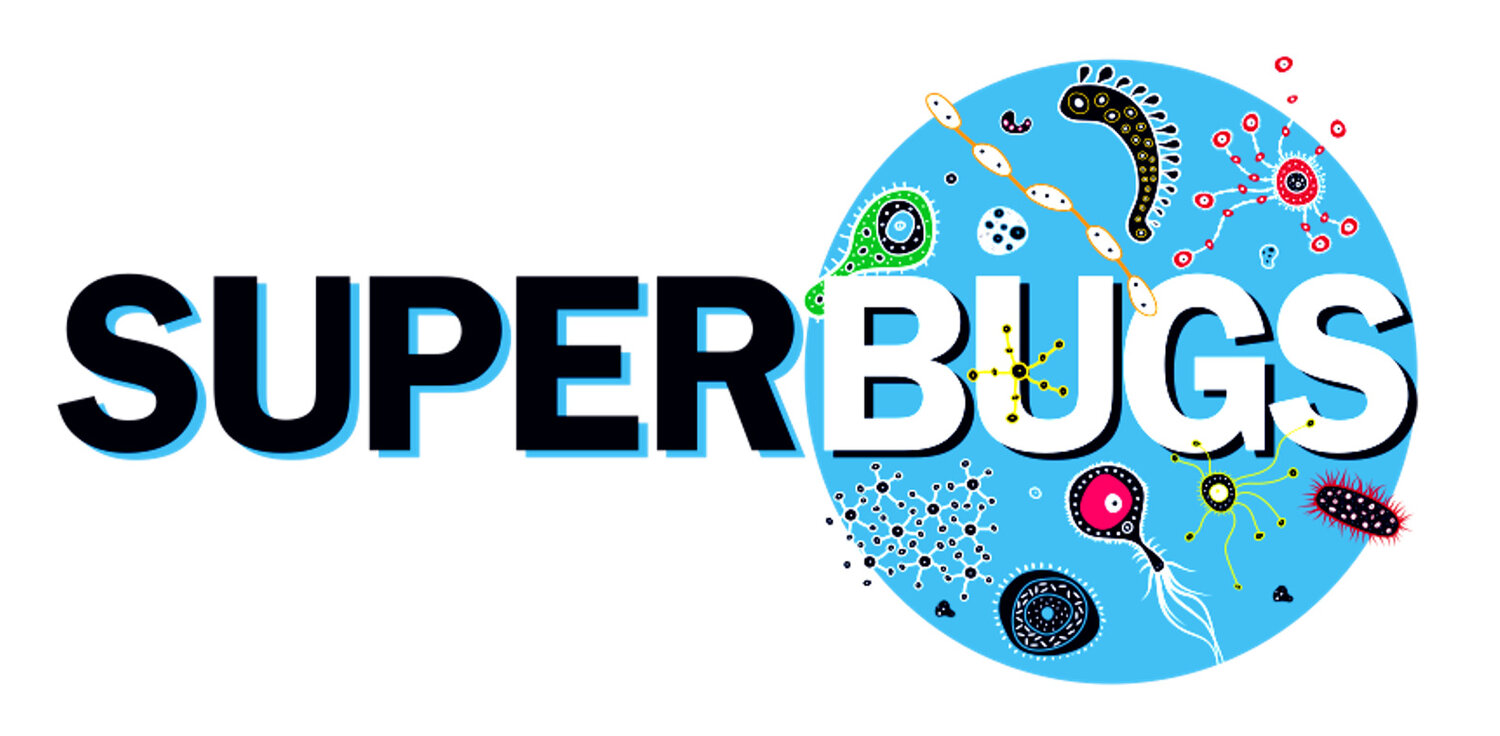
Bacterial Infections

When bacteria make us sick.
So many bacteria (and other micro-organisms) are good, right? They do lots of things to help us, and have important jobs in our environment. So what’s the problem?
Well, not all bacteria could be termed as ‘good’. Many bacteria have evolved in a different direction — to cause infection and disease. Bacteria that cause disease are called pathogens, or pathogenic bacteria.
Click on the parts of the body below to find out about some of the most common infections, and those naughty bacteria that cause them!
Click here to download our Superbug Story for Kids as PDF.

Bacteria Hunt Word Search!
Use the clues and all the info about commensal and pathogen bacteria to complete the wordsearch.
Can you find them all before your friends do?
Send us a photo of your effort! Or tweet us @CUSuperbugs!
What happens when you have tonsillitis?
Explore a 3D model of someone with ‘strep throat’.
This infections is caused by group A streptococcal bacteria (‘strep A’). Symptoms include swelling and streaks of pus on the tonsils, a dirty grey tongue, swollen uvula and a swelling of the lymph nodes in the neck - as well as typical signs like wrinkled eyebrows and tightly shut eyes.
In some people the infection can be more severe and lead to a red rash known as scarlet fever.
Group activity:
Create your own Superbugs-themed ‘Guess Who?’ game!
To create your own:
Buy a Guess Who game.
Download the PDF file linked here.
Print it on card stock and cut the pieces apart.
Assemble the board.
To tailor your own, you can download the Illustrator (.ai) file and replace the pictures and names with whatever category of thing you love.
(Credit: Prof Samantha Bell, Center for Emerging and Re-Emerging Pathogens and Department of Microbiology, Biochemistry, & Molecular Genetics at Rutgers New Jersey Medical School, USA)
➡️ Timeline 'R' Us
Explore devastating epidemics through the ages, alongside crucial scientific discoveries to help control infections.


